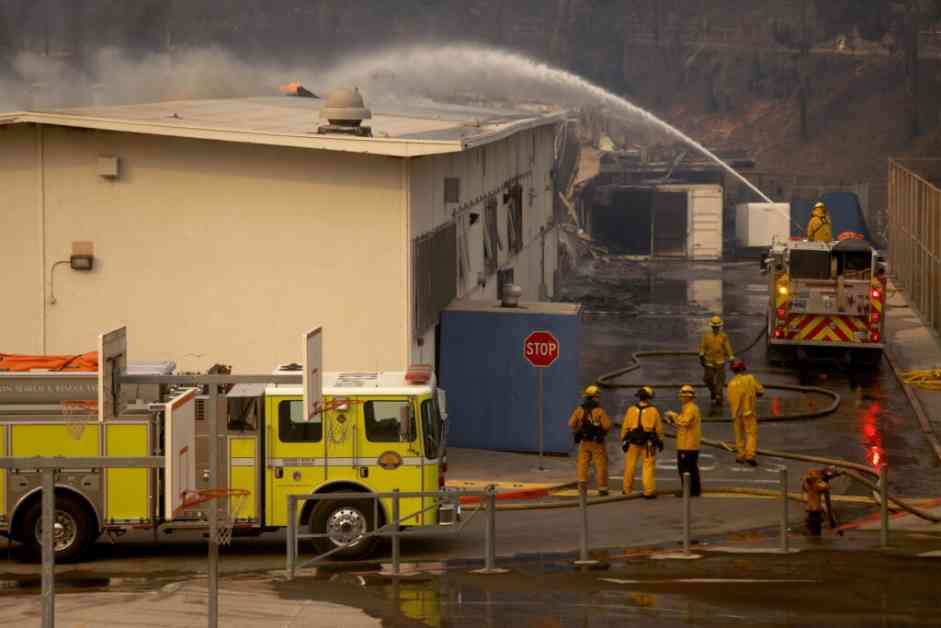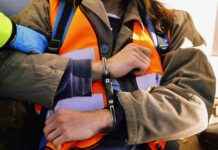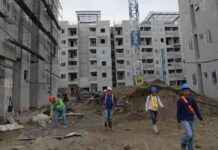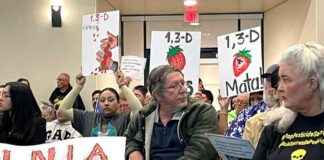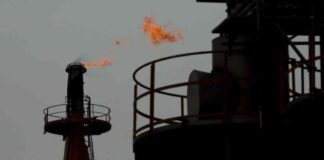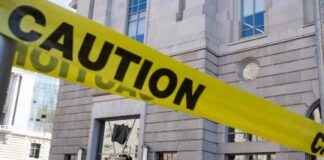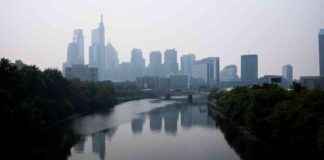When natural disasters strike, the devastation they leave behind is far from random, affecting vulnerable populations more profoundly. This holds true for immigrants, non-English speakers, communities of color, and low-income families, who often bear the brunt of the impact during catastrophic events like the L.A. fires.
A recent analysis has shed light on the extensive effects of disasters like the L.A. fires on students, revealing a deepening crisis in the educational landscape. UndauntedK12, a nonprofit dedicated to enhancing climate resilience in public schools, has been monitoring how extreme weather events disrupt classes nationwide for the past five years. This organization has developed an interactive map highlighting “lost learning” hours due to school closures, early dismissals, and other interruptions caused by fires, floods, and heat waves.
Uncovering Disparate Impacts
Jonathan Klein, a former schoolteacher and co-founder of UndauntedK12, emphasizes that marginalized and vulnerable populations are disproportionately affected by these events. By collaborating with EdTrust, a nonprofit focused on eliminating racial and economic education barriers, Klein discovered the need for a more comprehensive national map to showcase the ways extreme weather hampers learning. When the L.A. wildfires erupted in early January, they seized the chance to explore how this catastrophic event specifically impacted students, analyzing school enrollment data and news reports of school closures during the fires.
Their research unveiled that over 750,000 students across more than 1,000 schools faced closures lasting from a mere two days to over ten days in January. Notably, Klein points out that three-quarters of the children affected by the L.A. wildfires belong to socioeconomically disadvantaged groups, with two out of five being multilingual learners and one in ten having disabilities. While the report isn’t peer-reviewed, Klein underscores the importance of compiling such data to address the unique needs of students affected by these disruptions.
The Multiplier Effect of Extreme Weather
Studies indicate that school closures and chronic absenteeism due to extreme weather events significantly impact children’s academic performance. Missing even a week of school due to closures from these events can be as detrimental as missing two to three weeks from other causes. The aftermath of Hurricane Florence in 2018, for example, led to lower test scores for nearly all students in North Carolina’s elementary and middle schools, underscoring the broad academic repercussions.
As natural disasters like wildfires and hurricanes become more frequent, there is a pressing need for educational institutions to bolster climate resilience and implement strategic recovery plans. Megan Kuhfeld, the Director of Growth, Modeling, and Analytics at NWEA, emphasizes the necessity of preparing for the long-term effects of disasters on students’ academic and emotional well-being. Schools should prioritize reopening safely after disasters, or if that’s impossible, establishing alternative venues for continued learning.
The traumatic toll of the L.A. fires on children, particularly those from vulnerable backgrounds, cannot be underestimated. Immigrant and LGBTQ+ families, already facing heightened insecurity, experience amplified stress during these extreme events. Klein emphasizes the importance of addressing climate change’s impact on learning, advocating for equitable, climate-resilient schools to mitigate future disruptions.
As we witness the increasing intensity of extreme weather events, schools must address their infrastructure’s inadequacies to protect vulnerable students. Urban districts, primarily serving disadvantaged populations, often lack essential facilities like air conditioning, shaded playgrounds, or advanced filtration systems. The urgent call is clear: to invest in climate-resilient infrastructure and prioritize the well-being of students in the face of escalating climate challenges.

